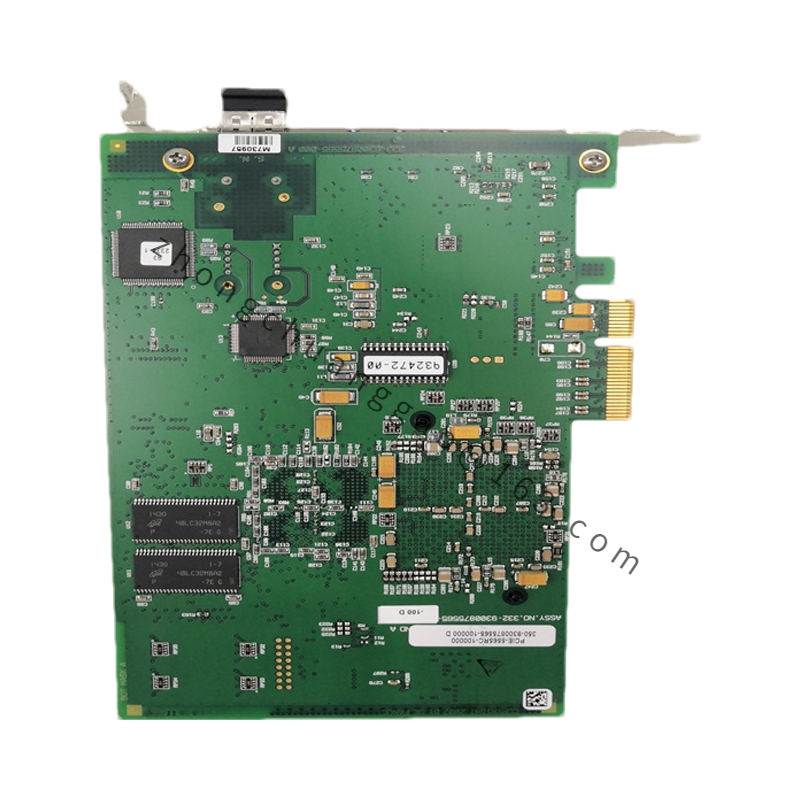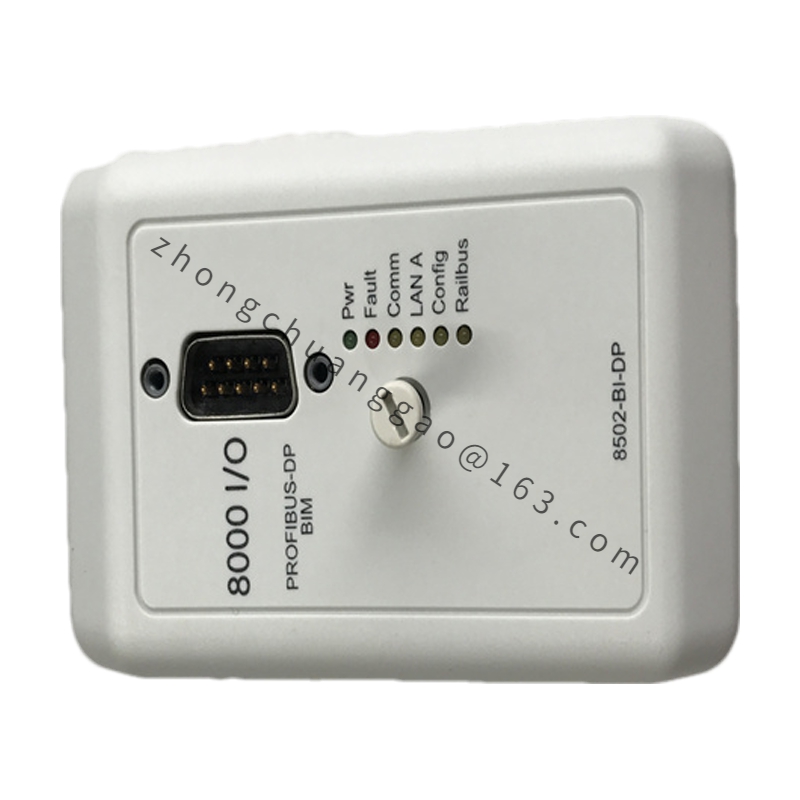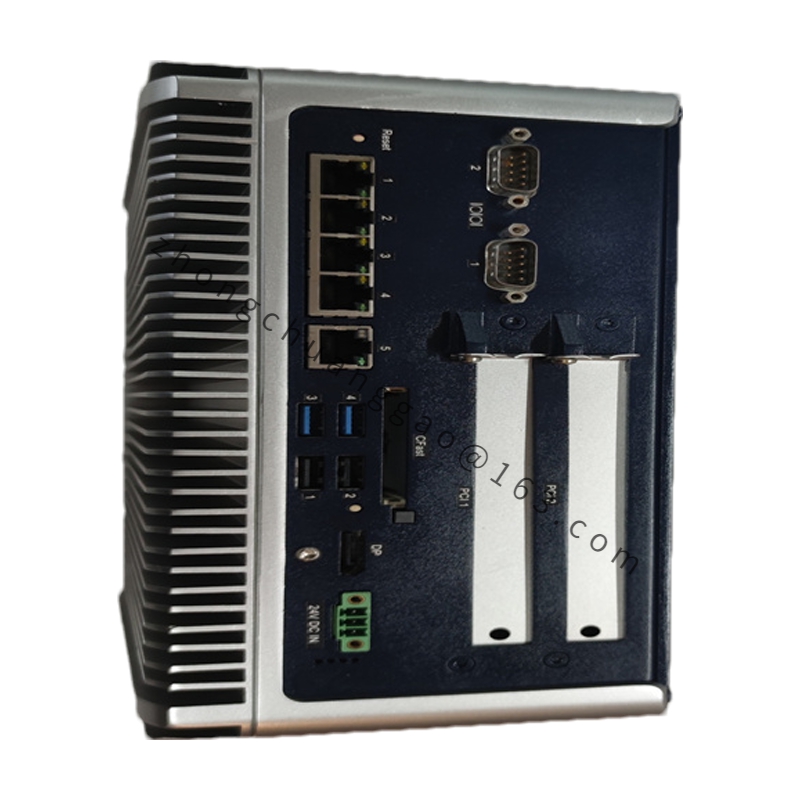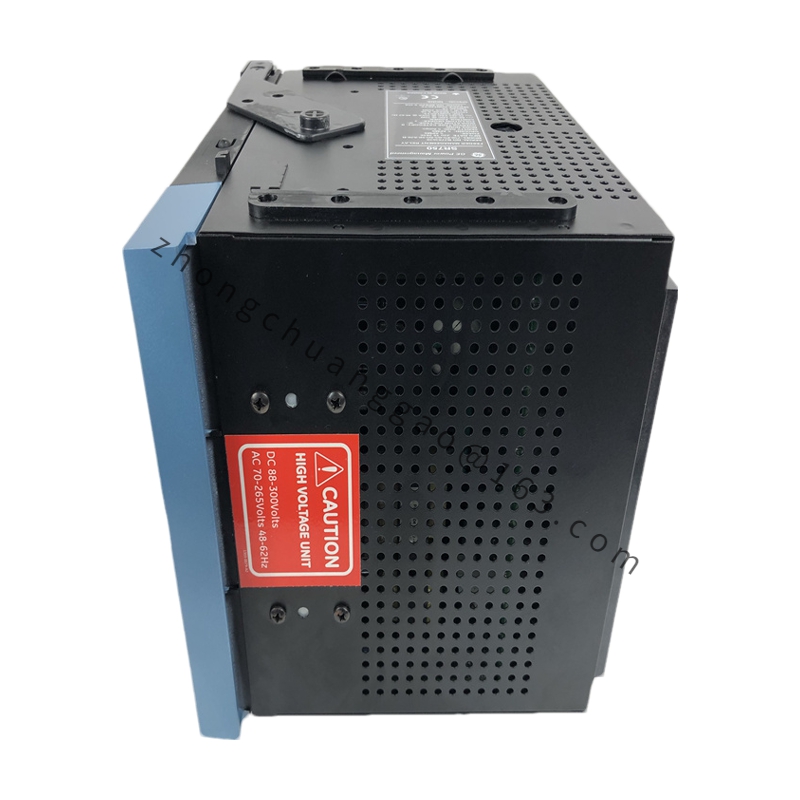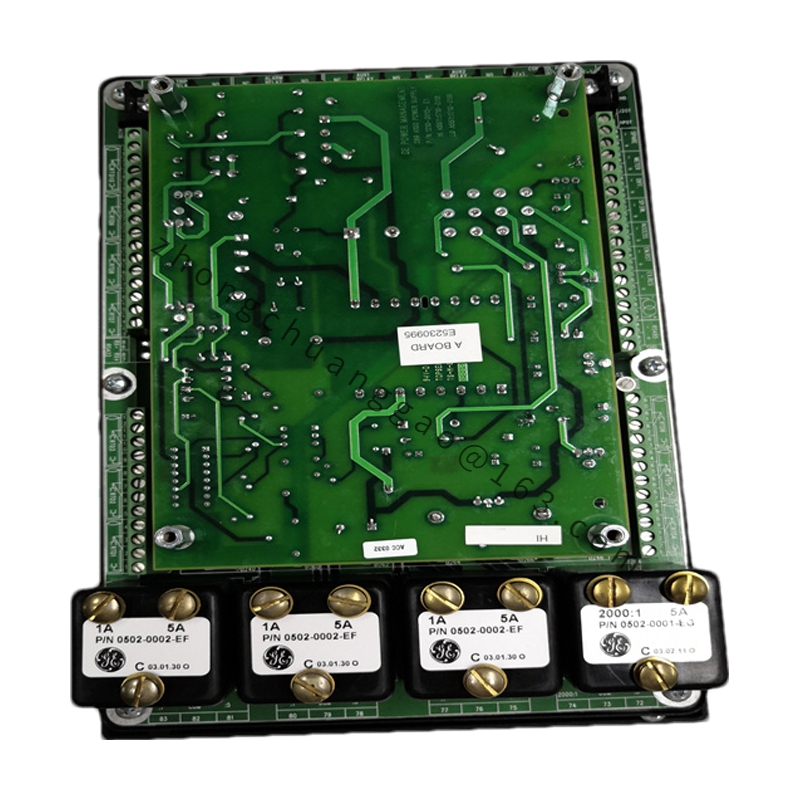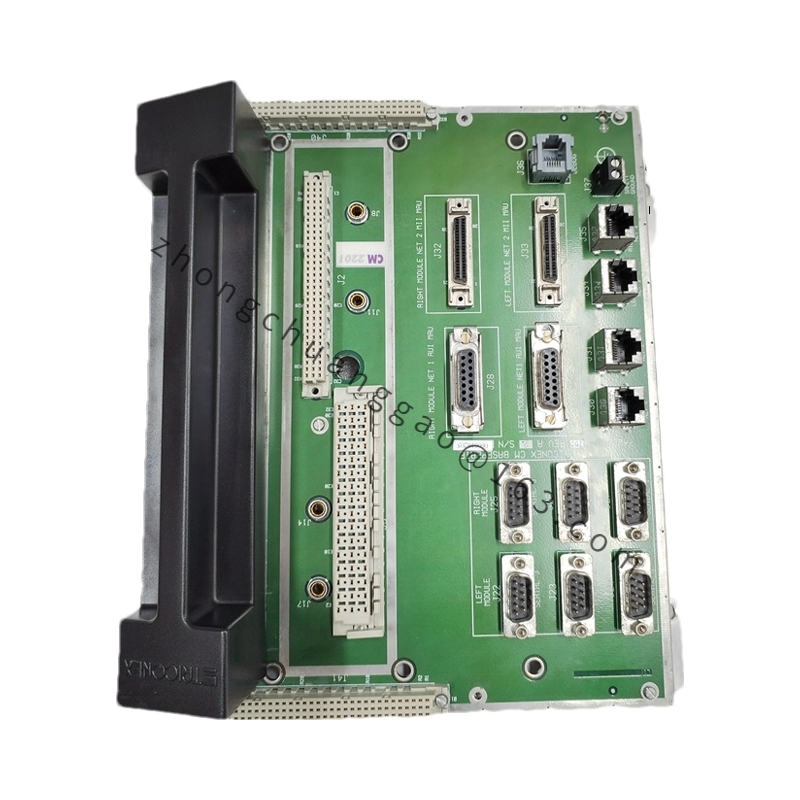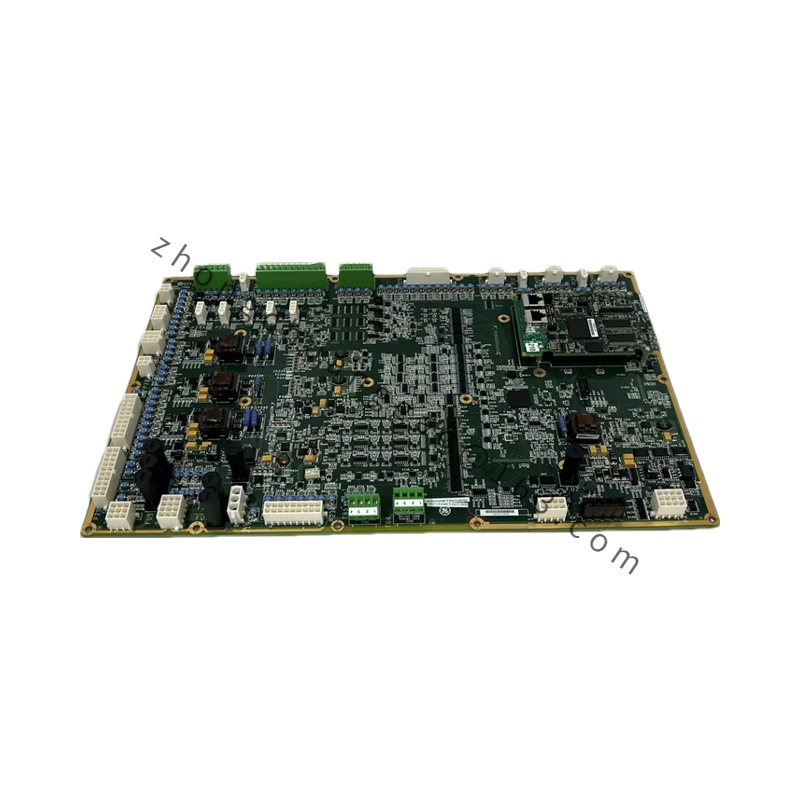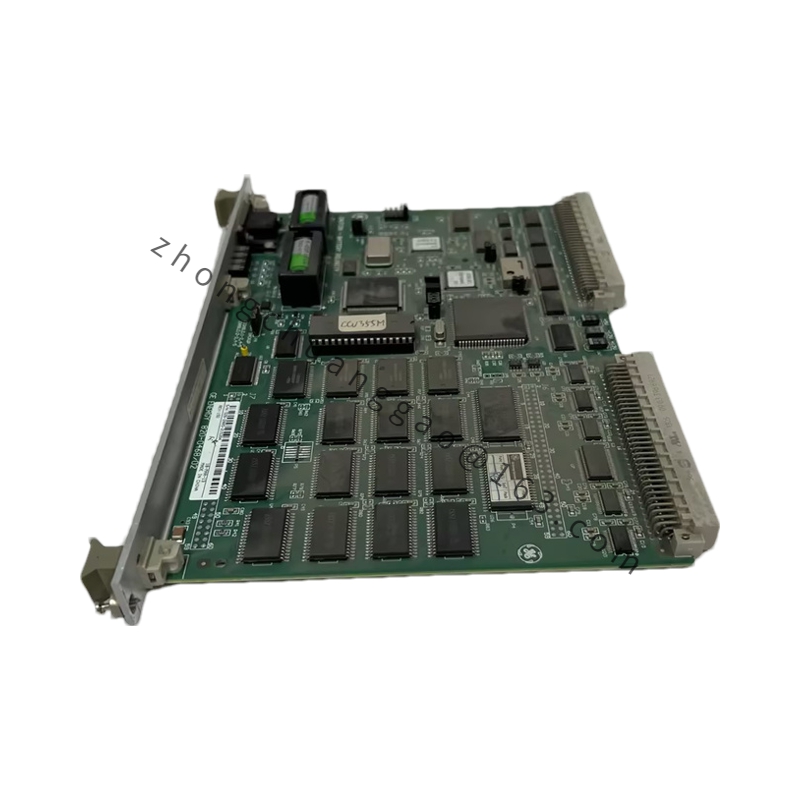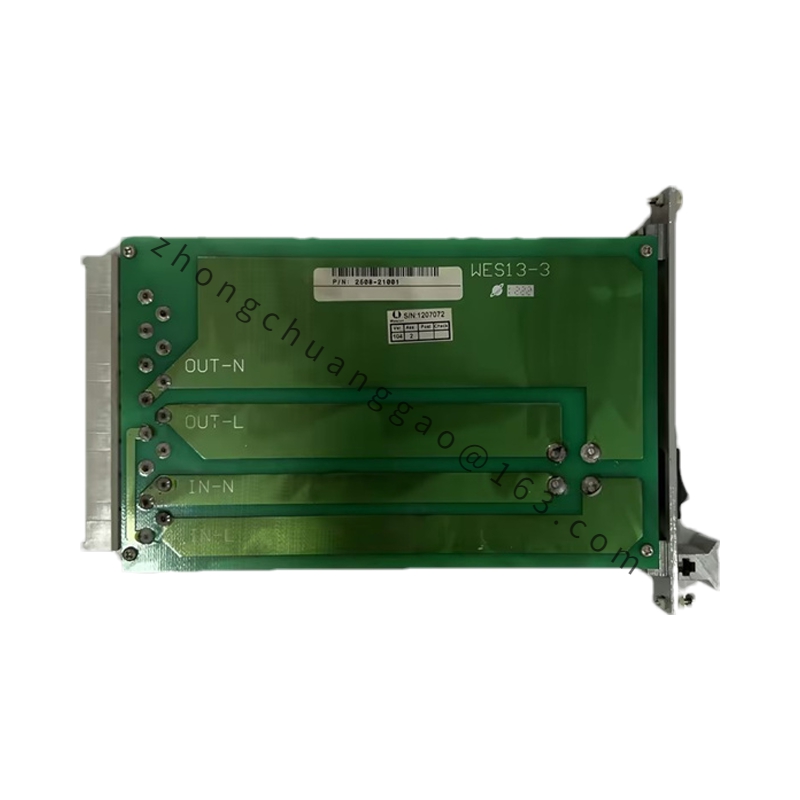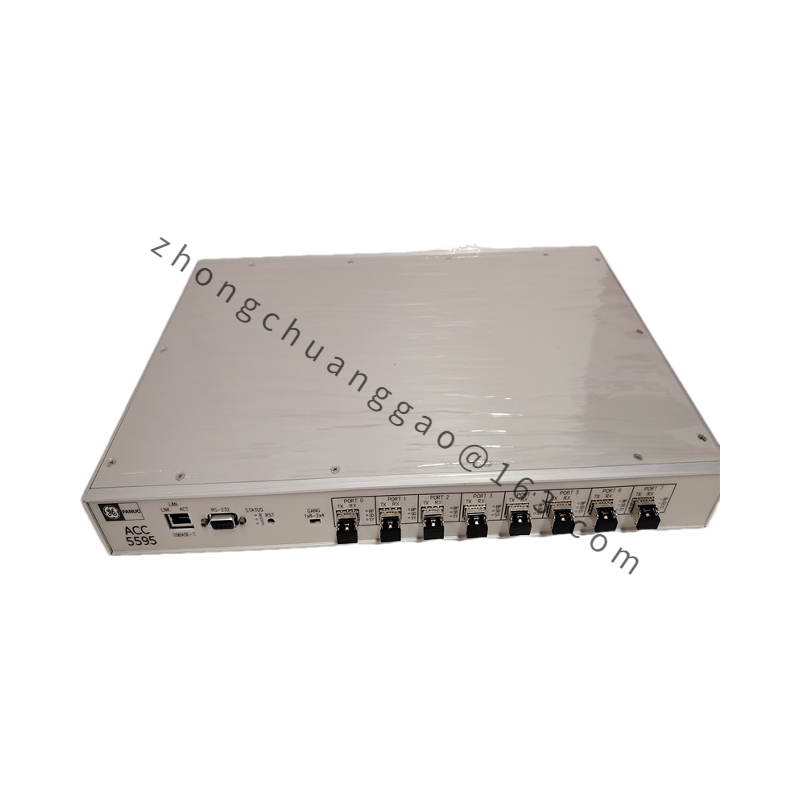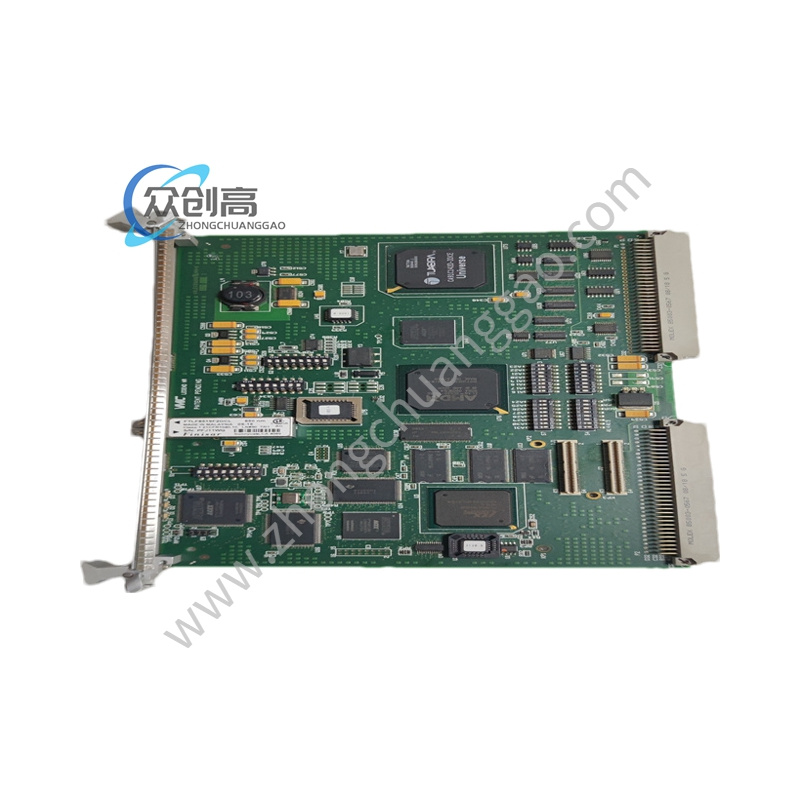GE PCIE-5565RC-100000.0025
Technical Specifications (Assumptive, based on similar products):
-
Form Factor: PCIe (Peripheral Component Interconnect Express) Card, typically designed for use in a PCIe slot of a compatible host system.
-
Interface:
- Primary: PCIe x16 or similar, depending on the bandwidth and speed requirements.
- Secondary: May include additional interfaces such as Ethernet, Serial, or other I/O ports depending on the specific model’s design.
Detailed content
-
Processing Power:
- Could incorporate a custom or off-the-shelf processor, the specific model of which would determine computational capabilities.
- May have dedicated GPUs (Graphical Processing Units) or other accelerators for specialized tasks.
-
Memory:
- Equipped with onboard memory, either DDR3, DDR4, or more recent standards, with varying capacities depending on the model.
- Could support additional memory expansion via DIMMs or other forms of memory modules.
-
Storage:
- May include onboard flash storage or SSDs (Solid-State Drives) for data storage and caching.
- Could support external storage devices via additional interfaces.
-
Connectivity:
- High-speed Ethernet interfaces (e.g., Gigabit Ethernet, 10GbE, or faster) for network connectivity.
- Other I/O interfaces (e.g., USB, SATA, HDMI, DisplayPort) for connecting peripherals and displays.
Functional Characteristics:
- High Performance: Designed to provide high computational power and data throughput for demanding applications.
- Flexibility: Configurable to meet specific application requirements through software, firmware, or hardware upgrades.
- Reliability: Built with redundant components and fault-tolerant designs to ensure continuous operation in critical environments.
- Low Latency: Optimized for low latency performance, essential for real-time applications and high-frequency trading.
- Scalability: Supports upgrades and expansions to accommodate growing data volumes and computational needs.
Application Scenarios:
- Data Centers: Deployed in data centers for high-performance computing (HPC), virtualization, and cloud services.
- Industrial Automation: Used in industrial automation systems for real-time control, data acquisition, and machine learning.
- Scientific Research: Ideal for scientific computing applications, including simulations, modeling, and data analysis.
- Financial Services: Utilized in financial institutions for high-frequency trading, risk management, and algorithmic trading.
- Media and Entertainment: Supports demanding workflows in media production, post-production, and content delivery.
- Medical Imaging: Found in medical imaging systems for processing and analyzing large volumes of medical imaging data..

